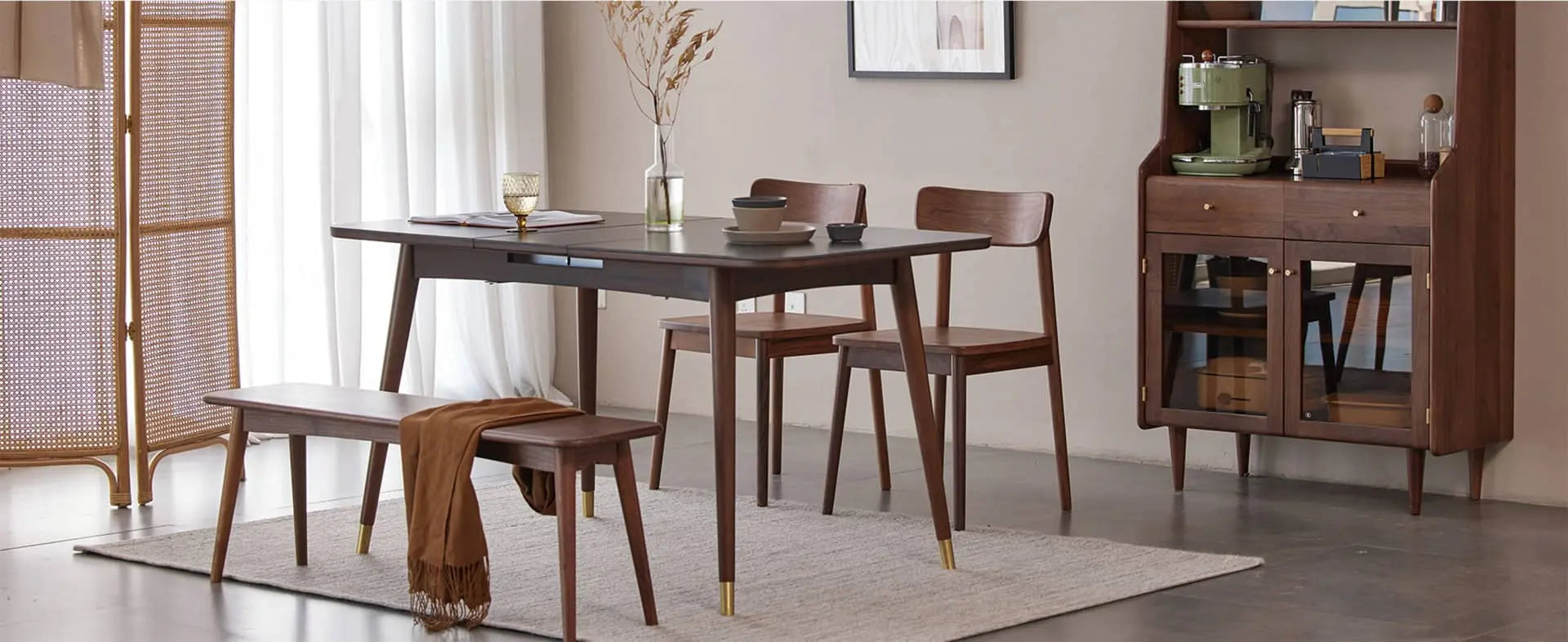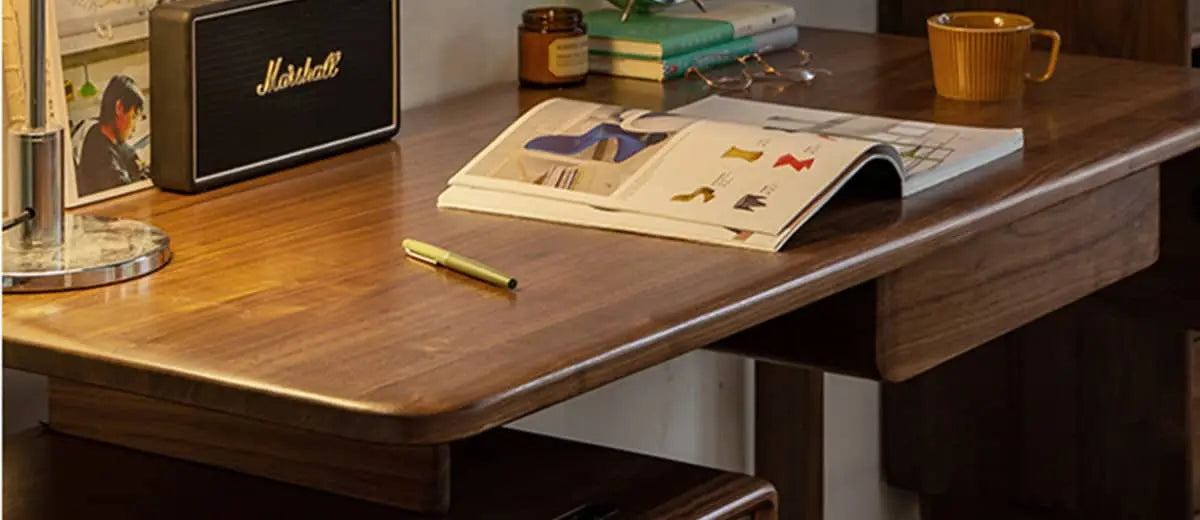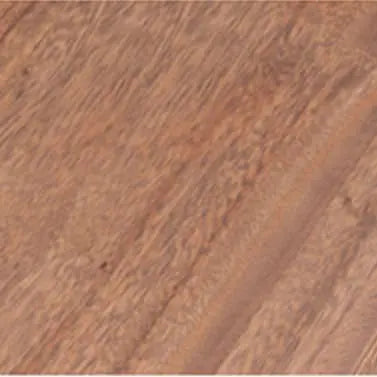One of the world's three finest woods-Walnut

Title
An overview of the history of walnut wood

The primary production area.

Title
About walnut
Material
Color & aging
Wood grain
To the touch
Title
About walnut


Wood falsified as black walnut

South American Monkey Pod

European Walnut.

African Walnut
Title
Walnut-specific wood finish

Title
Title
Title
Title
About GemSkin




